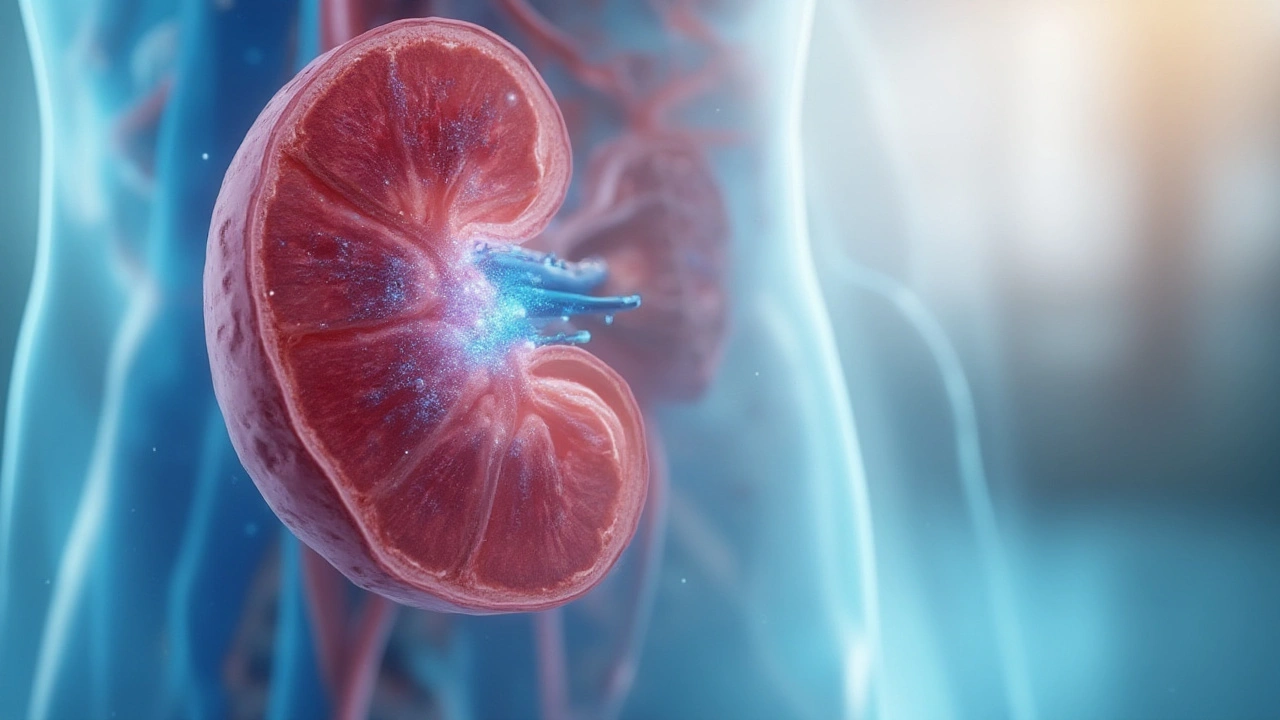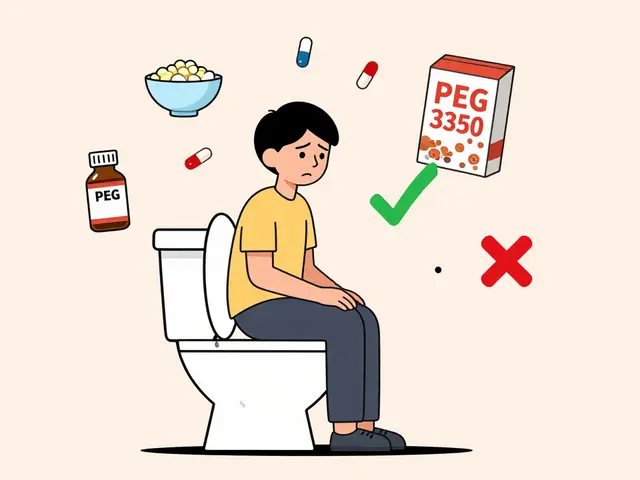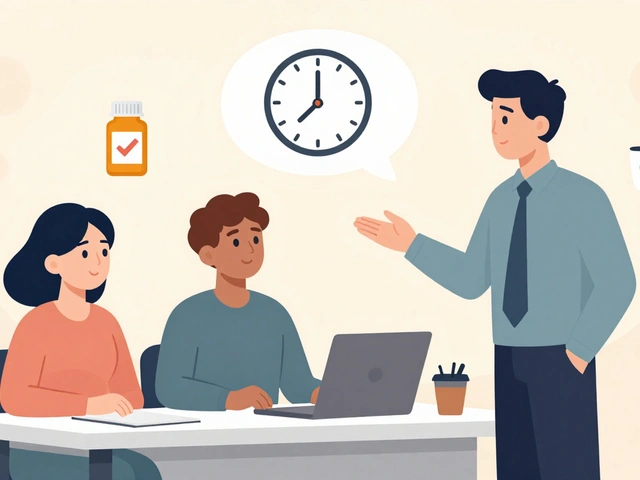Sodium Retention: What It Is and How to Tackle It
Ever notice puffier ankles after a salty snack? That’s sodium retention – your body holding onto extra water because of too much salt. It’s a common issue, but it can raise blood pressure, cause uncomfortable swelling, and even make you feel sluggish. The good news? A few everyday changes can keep the extra fluid in check.
Why Your Body Holds On to Sodium
When you eat foods high in salt, your kidneys work harder to flush out the extra sodium. If they can’t keep up, the kidneys signal the blood vessels to hold water, which raises the volume of blood and leads to swelling, especially in the legs, feet, and hands. Hormones like aldosterone also play a role – they tell the kidneys to retain both sodium and water. Conditions such as heart failure, kidney disease, or certain medications (like some blood pressure pills) can amplify this effect.
Typical signs of sodium retention include:
- Swollen ankles or calves, especially after sitting or standing for a while
- Sudden weight gain of a few pounds over a short period
- Feeling bloated or tight in the abdomen
- Higher than usual blood pressure readings
Practical Ways to Reduce Sodium Retention
Cutting back on salt doesn’t mean you have to eat bland food. Start by checking nutrition labels – aim for less than 2,300 mg of sodium per day, and under 1,500 mg if you have hypertension. Swap processed snacks for fresh fruit, nuts, or popcorn lightly seasoned with herbs.
Hydration is key. Drinking enough water helps the kidneys flush sodium out. Aim for about 8 cups a day, but adjust if you’re active or live in a hot climate.
Boost potassium intake. Foods like bananas, sweet potatoes, spinach, and beans naturally counterbalance sodium and encourage the body to release extra fluid. Adding a banana to your breakfast or a handful of beans to dinner can make a noticeable difference.
Move your legs. Simple leg lifts, ankle circles, or a short walk can improve circulation and prevent fluid from pooling. If you sit at a desk, stand up and stretch every hour.
Watch medications. Some over‑the‑counter pain relievers (NSAIDs) and certain blood pressure drugs can worsen retention. Talk to your doctor if you suspect a prescription is contributing to swelling – they may adjust the dose or switch to a different class.
Lastly, consider natural diuretics like coffee, tea, or dandelion tea, but use them in moderation. Too much caffeine can dehydrate you, so balance it with water.
By keeping an eye on salt, staying hydrated, and moving regularly, you can keep sodium retention under control and feel lighter day to day. If swelling persists despite these steps, it’s wise to speak with a healthcare professional to rule out underlying conditions.
Breaks down how salt messes with kidney sodium handling, unleashes RAAS, and tips the balance toward swelling—demystifying fluid retention for regular folks.
Categories
Archives
Recent-posts
Intra-Articular Steroid Injections: What You Need to Know About Systemic Side Effects and Limits
Dec, 16 2025



 Medications
Medications




